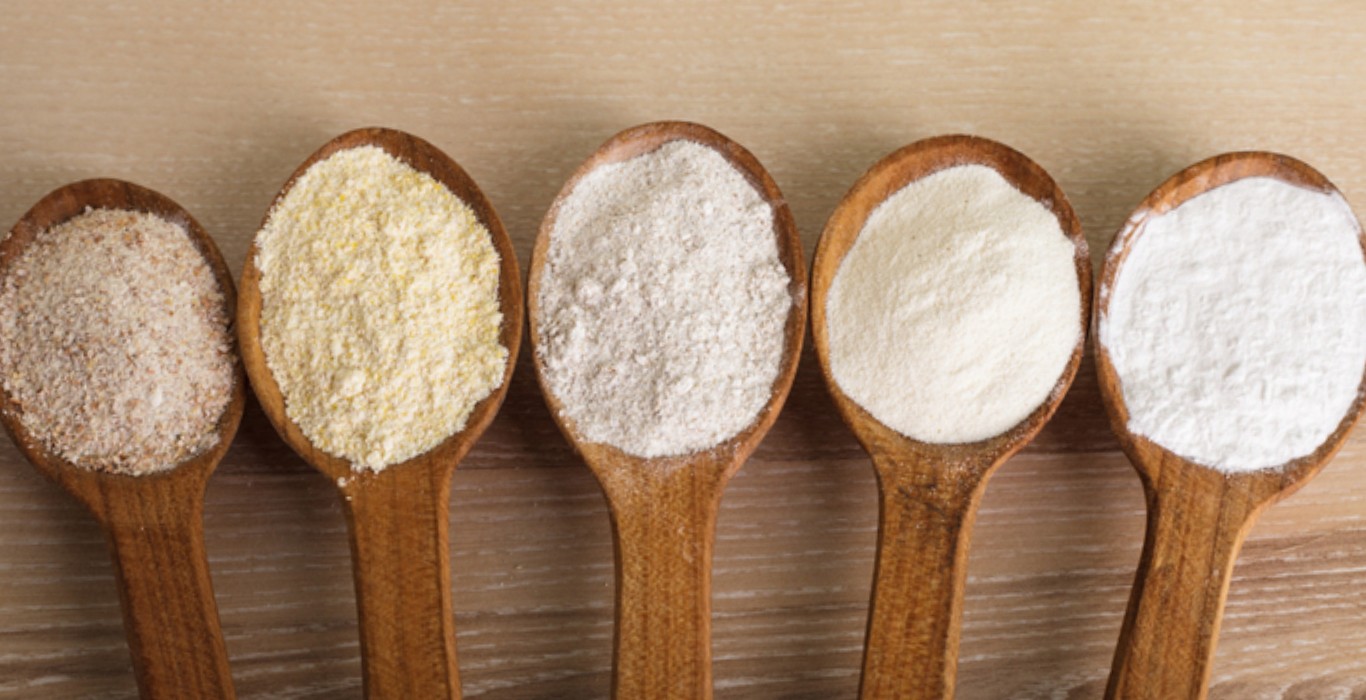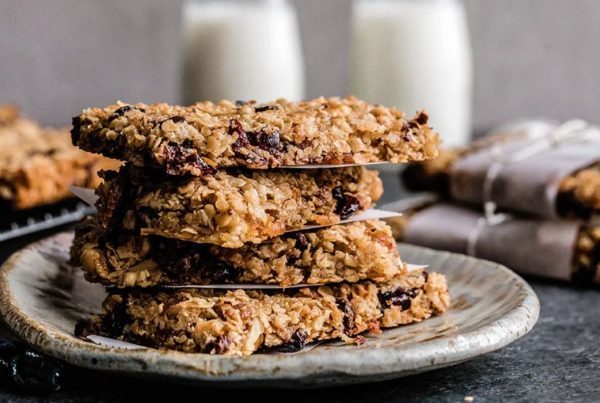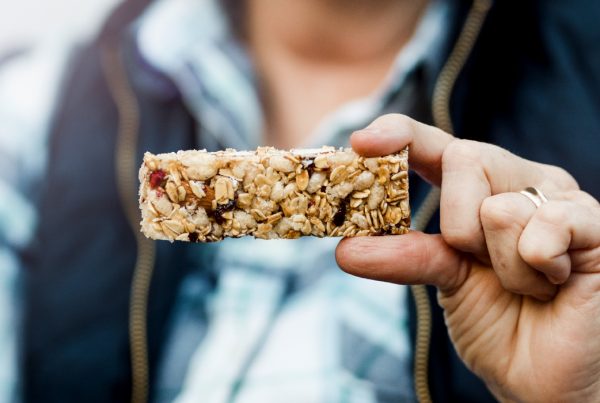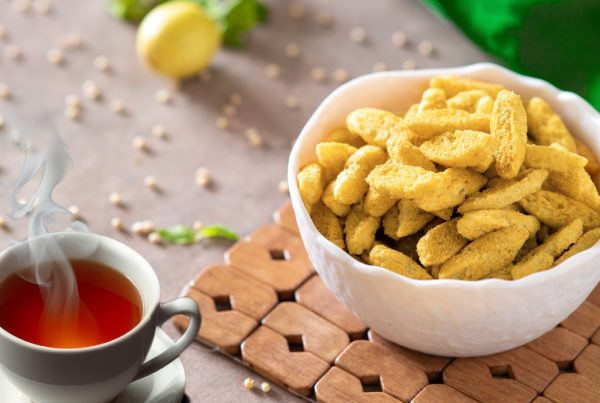Research has shown that “Food and unhealthy dietary habits” are one of the major causes of increased incidence of lifestyle diseases like diabetes, hypertension and cardiovascular disease. This input has helped people to understand the importance of eating right and including whole grains in their day-to-day diet.
This significant shift in dietary habits has made millets popular among households. Now, people are looking for ways to include millets in their routine diets.
If you have started your millet journey, you might have heard that millets come in various varieties, like unpolished and polished millets. Millet flour is also gaining popularity as a gluten-free flour for baking recipes.
If you are new to millets and this classification seems confusing to you, then we are here to help you with this post.
What is unpolished millet, polished millet and miller flour? How to differentiate between polished and unpolished version? And which option is best for you? Let us find some answers.
What are unpolished millets?
Unpolished millets are also called naked grains or major millets. As the name suggests, unpolished millets contain a husk that is not removed after harvesting. Unpolished millet can be consumed directly after cleaning without removing the husk. These millets do not undergo mechanical processing. They are high in nutrition and provide excellent nutrition to your body. Ragi, Bare and Jowar are popular naked or unpolished millets. They are easy to consume, thus they have been immensely popular among the masses for years.
What are polished millets?
Polished millets are also called husked grains or minor millets. They contain indigestible seed coats that need to be removed before consumption. These millets undergo a mechanical processing which helps in removing the husk. Due to mechanical processing, minor millets lose their bran layer, which is essential for providing excellent nutrition. Thus, minor millets are low in nutrition. Foxtail millet, Kudo millet, barnyard millet, little millet and brown top millet are some popular minor or polished millets.
What is Millet flour?
Millet flour is made by grounding the husked millets. In recent times, millet flour has gained popularity as a “Gluten-free flour”. Bakers are using millet flour frequently for making gluten-free baking recipes like gluten-free cookies and cakes.
If you are on a vegan diet or have gluten allergies, then including millet flour in your diet can be a great way to substitute wheat flour. However, be patient and do not accept the same result as wheat flour in your recipes. Being gluten free, millet flour has a different texture and taste, and you might need to perform some experiments to find out what works best for your recipe. Millet flour is easily available in a package form in supermarkets and online. You can even buy millets and grind them into a flour on a home flour machine or visit the local speed grinder (chakki).
How to differentiate between unpolished and polished millets?
You can differentiate polished and unpolished millets by their color and appearance. Polished millets have a white color, shiny appearance and smooth texture while unpolished millets maintain their original color and have a dot on their surface.
By keeping their original color in mind, you can easily identify the unpolished version.
Which one is better: unpolished millets, polished millets or millet flour?
Of course, unpolished millets are better than polished millets from a nutritional perspective. Unpolished millets are high in nutrition, and they are the best option for therapeutic purposes. If you are suffering from any lifestyle diseases like diabetes, hypertension or heart disease and are including millet in your diet to improve your disease condition, then you should include the unpolished millet in your diet.
Though polished millets are lower in nutrition than unpolished millets, they are still better than rice and wheat. Thus, if you are a beginner to millets, you can include polished millets too for getting started with millets.
Millet flour is an excellent option of gluten free flour, and you can include this in your diet gradually to reduce the quantity of wheat flour.
Conclusion
In conclusion, millets are beneficial for health. They are powerhouses of nutrition and great for managing various lifestyle diseases. Include millets in any form to take your first step towards healthy and clean eating.







